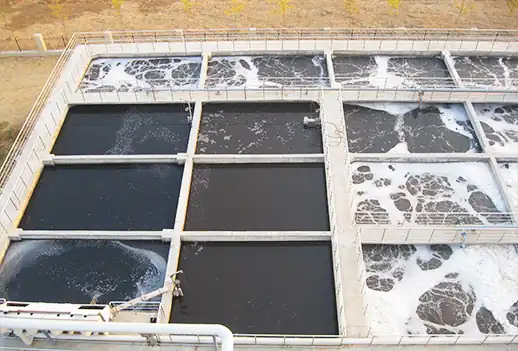Hebei Messi Biology Co., Ltd. stated that the use of magnesium agents such as magnesium hydroxide, magnesium oxide, and dolomite (CaO·MgO) to remove phosphorus and ammonium has a significant effect. For example: when treating sewage and wastewater with a concentration of <1200 mg/L, the phosphorus removal rate is above 90%; with magnesium oxide, the ammonium removal rate reaches 93%; when using dolomite to remove phosphorus and ammonium, the pH value between 8.0 and 8.4 is better, and cannot be lower than 7.5, in order to facilitate the formation of magnesium ammonium phosphate.

Industrial wastewater with ammonium > 100 mg/L can be treated with magnesium hydroxide or magnesium chloride, and stirred and mixed under the condition of pH=7.5 to form magnesium ammonium phosphate, and then phosphorus and ammonium are removed, and the resulting precipitate is separated and recovered by filtration for use as fertilizer. The following conclusions were drawn from the method of removing phosphorus nutrients from anaerobic slurry using magnesium hydroxide:
(1) For the treated liquid containing 50~60 mg/L of P, adding 200~400 mg/L of magnesium hydroxide, whether it is reagent grade or recycled magnesium hydroxide, the phosphorus removal rate is between 84% and 93%;
(2) Magnesium hydroxide can accelerate the digestion process of anaerobic slurry. In the improved digester, total suspended solids (SS), volatile suspended solids, total COD and soluble COD are greatly reduced;
(3) Magnesium hydroxide can improve the filtration performance of digested slurry;
(4) It is effective to remove phosphorus nutrients from anaerobic slurry using magnesium hydroxide;
(5) From the perspective of reducing the cost of the treatment process, using recycled magnesium hydroxide obtained from flue gas dephosphorization operations in thermal power plants as a treatment agent has potential application value and bright prospects for urban wastewater treatment plants.

